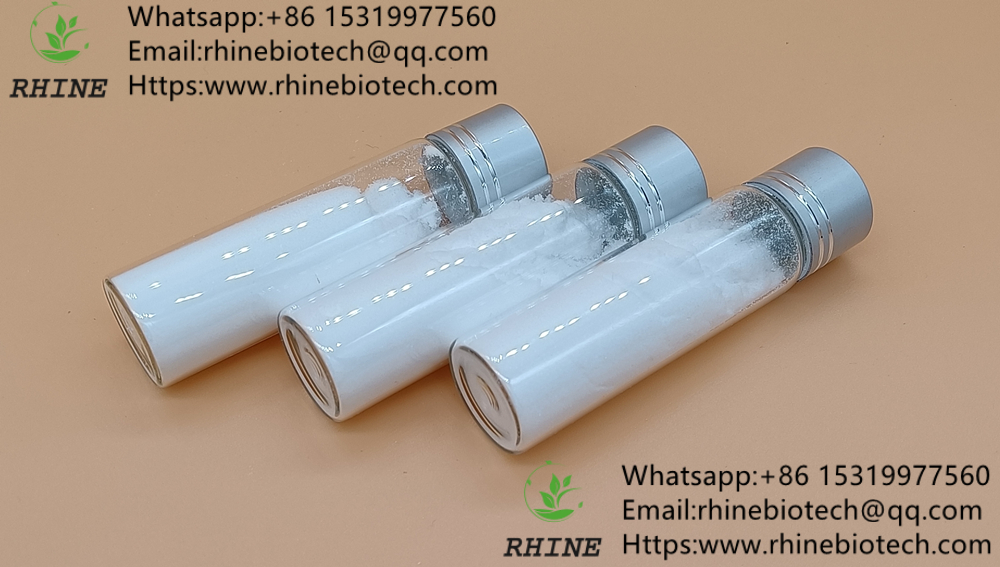Bacterial leaf blight is one of the common diseases in tea leaves. The disease is distributed in tea regions throughout the country, mainly causing damage to leaves and old leaves, shoots, shoots and fruits. Recently, Wang Xianan, a senior agronomist at the Bureau of Agriculture in Pingli County, Shaanxi Province, said in an interview with reporters that leaf blight is a common and serious leaf disease in tea trees. The affected plants are often poorly growing, new plants are not strong, buds are thin, and they are not old. Premature decline, seriously affecting production. Therefore, the prevention and treatment of leaf blight by tea farmers is imperative.
Strengthen management and cultivate robust tea strains. Timely cultivating and weeding, loosen the soil; do a good job of tea garden drainage or drought, cold work, create an environment conducive to the growth of tea trees, promote the robustness of tea trees, and increase resistance to disease.
Clean up the tea garden to reduce the source of germs. For seriously ill tea gardens, the diseased leaves should be removed during the winter and spring period, and litters should be cleared or winter plowing should be conducted in the tea plantation. The topsoil should be buried deeply to prevent the disease. During the onset, diseased leaves are removed to prevent infection.
Spray in time to control the spread of the disease. The pesticide should be used rationally to avoid phytotoxicity; the following agents can be sprayed: 70% thiophanate-methyl wettable powder 1000-1500 times liquid + new high-fat film 800 times liquid or agricultural antibiotic actinone 30%-50% (spray After 5 days can be picked) + 800 times the new high-fat film, you can also use antibiotics 1% opacomycin (7 days after spraying picking), 80% dexamethasone WP 600 ~ 800 times (15 days after spraying Can be picked) + 800 times the new high fat film.
Wang Xianan reminded the majority of tea farmers that in the unpicked tea gardens or nurseries, the above-mentioned agents could be sprayed as well, and specific pesticides could be sprayed in a timely manner in order to achieve better disease prevention.
Intermediate – Intermediate: A material produced during a drug substance processing step that must undergo further molecular modification or refinement to become a drug substance. Intermediates may or may not be isolated. Intermediates are the key products of the previous process of making APIs, which are different in structure from APIs.

for example:
Amoxicillin capsules are called preparations, amoxicillin is called API, and 6-APA is called intermediate.
Ceftriaxone sodium powder is called preparation, sterile ceftriaxone sodium is called API, and 7-ACA is called intermediate.
Our company specializes in providing key intermediates for various APIs

Intermediate is a very important type of fine chemical products. Its essence is a type of "semi-finished product", which is an intermediate product in the production of certain products. For example, if a product is to be produced, it can be produced from intermediates, saving costs and reducing It is widely used in the synthesis of medicines, pesticides, coatings, dyes and spices. In the field of medicine, intermediates are an important link in the industrial chain of the pharmaceutical industry. They are used for some chemical raw materials or chemical products in the process of drug synthesis. In a word, they are used to produce APIs.
Key Intermediates , Pharmaceutical intermediates , Anticancer intermediates , Antitumor Intermediates
XI AN RHINE BIOLOGICAL TECHNOLOGY CO.,LTD , https://www.xianrhinebiotech.com